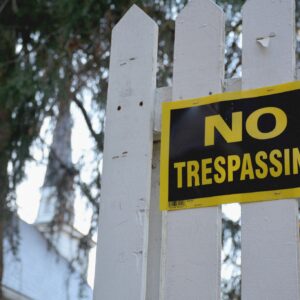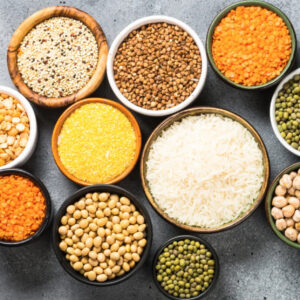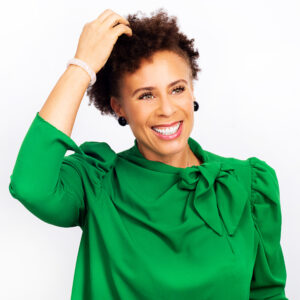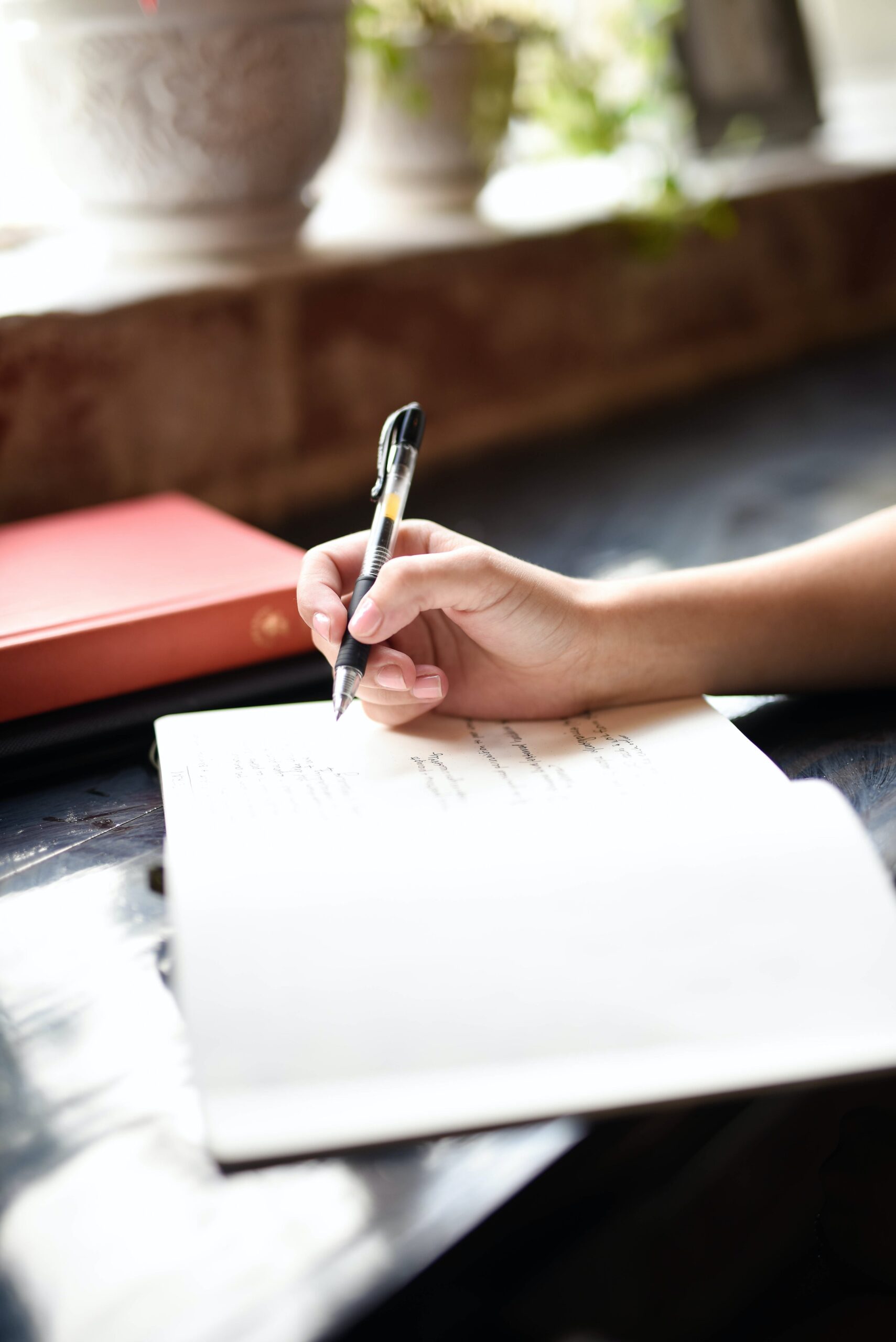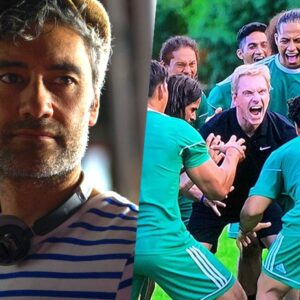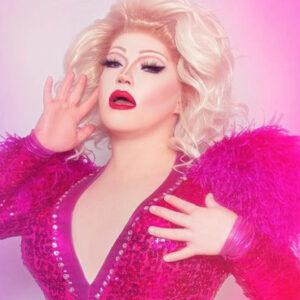
SIX NATIONS – Last week, a viral photo and accompanying article on Facebook about the practice of placenta burying in Maori culture brought many Onkwehón:we mamas to keep the story trending, along with discussing its cross-cultural significance to Rotinonhsyón:ni (Haudenosaunee) culture. Similar to the Maori, it is our belief that we return the baby’s placenta to the earth to ensure that the child will always be rooted at home.
Nicole Clause, a young mother of four girls, had a set of twins last year. She buried all of her daughters’ placentas at her parents’ homes, where she knew they would be safe. At the time she didn’t know much about the teachings behind it, she only knew that it was meant to bind them to the place they call home.
Her two older daughters played a big part in burying the twin’s placentas. They knew it was helping to protect their baby sisters.
“They wanted to know why I was doing it and if I did it to theirs. They saw it when I put it in the hole. Aaliyah said her closing to the Creator and Aalyvia helped bury it,” Clause says. “I got blood on my hands and they were freaked out. I had to tell them that was their home before they were born. I told them that’s why we give thanks to Creator for everything we have and for their baby sisters getting here safely.”
Like Clause, Waneek Horn-Miller also said burying the placenta was the right thing to do, as it was passed down from the women in her family.
“We have always just known to do it. It stems from the time when we lived in longhouses and we would plant the placentas at the foot of the door so the child would always know where home was,” says Horn-Miller.
She buried her son and daughter’s placentas at her mother’s home in Kahnawake, where many of the women in her family have buried theirs.
“I had them in my freezer for like 5 years and 2 years waiting for the right time. My sisters and their kids helped plant them side-by-side. It was so cute!”
Myka Burning, a mother of six, buried her youngest three children’s placentas at home. Through the Birthing Centre she learned there are two ideas behind where we choose to bury them.
“Boys are supposed to be planted in the bush or by the wood pile as it represents their duties/characteristics, such as being strong and hard workers. And girls by the house or garden because they are the ones who take care of the families and do the house stuff,” says Burning.
Secondly, you may choose to bury them by something you hope for them.
“So if you want them to be smart, bury it by a school. If you want them to be hard working, put it by the garden or work site. If you want them to be home bodies, bury them by the house. I just picked my Ma’s house because it’s the family property. I did bury (her youngest daughter) Mattley’s, then planted a sugar maple over top in hopes that she’d be sweet!”
Lindsay Bomberry had an at-home birth for her daughter Sawehate.
“I was taught that looking at the placenta after birth is something traditional as we can get messages from the placenta about what the child needs. The ‘trunk’ of [Sawehate’s] ‘tree’ found within her placenta was thick and she had a very symmetrical tree. I interpreted this as meaning she needs balance in her life and that she will always be very strong and need stable support,” says Bomberry. “The placenta is really amazing and interesting. It tells you a lot about the pregnancy and what occurred. Women who face chronic stress or trauma have irregularities, calcified areas, etc. Nutrition can really affect the placenta as well.”
Bomberry chose to bury her daughter’s placenta near the pine trees where flowers grew next to her house. She laid blossoms over top of the burial spot and put tobacco down with a prayer in the language. A year later, the flowers that grew in that spot returned and blossomed largely, proving just how natural it is to return the placenta back to earth. It grounds the child and continues to sustain life.


